After the TCJA was signed into law in 2017, a mistake that was made during the drafting process was discovered that assigned a 39-year recovery period to qualified improvement property rather than the intended 15-year recovery period. This was significant because with a 39-year recovery period, these qualified improvements were not eligible for bonus depreciation, drastically reducing the available deduction for taxpayers. Many referred to this mistake as the “retail glitch” and expected congress to pass a technical correction. This technical correction was included in the CARES Act passed on March 27, 2020.
Qualified Improvement Property is defined as any improvement made by the taxpayer to an interior portion of a building which is nonresidential real property. These improvements must be placed in service after the building was first placed in service and excludes expenditures for (1) the enlargement of a building; (2) elevators or escalators; and (3) improvements to the internal structural framework of the building.[1]
Under the CARES Act, taxpayers can retroactively depreciate any qualified improvement property placed in service after December 31, 2017 over 15 years[2], or claim 100% bonus depreciation. There are a few different methods for claiming this additional depreciation for your 2018 tax year and 2019 tax year, depending on your situation.
- If both your 2018 and 2019 tax returns have been filed using the old 39-year recovery period for qualified improvement property, an incorrect method has been established and an automatic consent to change must be filed on Form 3115. This would be done with the 2020 tax return, and the additional depreciation on qualified improvement property for 2018 and 2019 would be deducted in 2020 as a §481(a) adjustment.[3]
- If your 2019 tax return has not yet been filed you can proceed one of two ways:
- You can amend the 2018 tax return and claim the additional depreciation in 2018.
- You can file an automatic consent to change on Form 3115 with your 2019 tax return and claim the additional depreciation on qualified improvement property for 2018 in 2019 as a §481(a) adjustment.[4]
There is potential for some tax planning opportunities for c-corporations if your 2019 tax return has not yet been filed. This would only be applicable if the additional depreciation in 2018 would result in an NOL in 2018 or 2019. One other provision in the CARES Act was that corporate NOLs generated in 2018, 2019, and 2020 can be carried back up to 5 years. Prior to 2018, the corporate tax rate could be as high as 35%. This is significant because taxpayers have the potential to carry back an NOL to a period with a higher tax rate, creating a permanent tax benefit. The tax planning comes into play in determining which year would be more beneficial to claim the additional 2018 deduction related to qualified improvement property. For example, if the additional 2018 depreciation from qualified improvement property would result in a larger corporate NOL in 2018, taxpayers would want to amend the 2018 tax return and carry the 2018 NOL back. On the other hand, if the additional 2018 depreciation from qualified improvement property would result in a larger corporate NOL in 2019, taxpayers would want to file a Form 3115 with the 2019 tax return and carry the 2019 NOL back. The goal should be to maximize the NOL carried back in those years that have higher tax rates.
One final thing to consider before deciding how to make the adjustment for this additional depreciation is if there is enough income in prior years that could absorb an NOL carryback from 2018 or 2019. If 2013 is the only year with income to absorb an NOL carryback, you would want to amend the 2018 tax return.
[1] IRC §168(e)(6)
[2] IRC §168(e)(3)(E)(vii)
[3] Revenue Procedure 2019-43
[4] Revenue Procedure 2007-16


.png)



